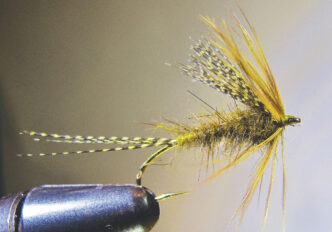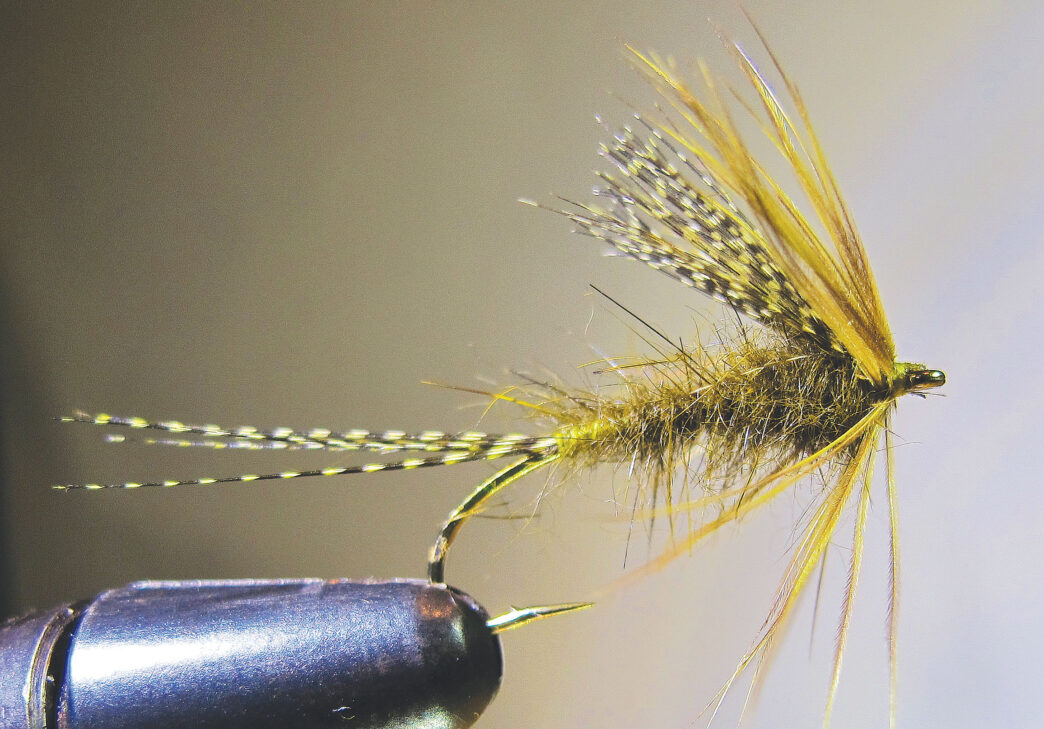I used to waste a lot of hare’s heads. I’d use up the reddish poll on a natural mask, pull some lug from the ears for the spiky guard hairs, clip the easy-dubbing cream from the cheeks, and the rest would pretty much go to waste. There was no uniformity of coloration in the flies tied from them, as it is nearly impossible to get the same blend of furs twice when you’re picking it from a mask. Both natural and dyed masks yield a variety of shades and textures of fur, and no two natural masks are exactly alike. I had a sketchy relationship going with hare’s masks until a commercial tyer buddy taught me a simple process that allows maximum use of the mask, creating a perfect blend of uniformly-colored, spiky dubbing, with guard hairs evenly distributed throughout — exactly right for nymphs, soft-hackles, and the spectrum of Hare’s Ear variants. Materials required: a hare’s mask, a quart jar with lid (a canning jar is perfect), a kitchen strainer, and a paper coffee filter.
Clip the whiskers from the hare’s mask and save them for mayfly tails. Then clip the hair from the entire mask — bend the ears to make the short hairs stand out while trimming down, working from the tips to the base. Some tyers shave the ears with a single edge razor blade, though I kept scraping into the hide while attempting this technique. The scissors will get you close enough to the skin with negligible waste. Once as much fur as possible is removed from the mask and piled on the table, hand mix it until fairly well blended.
Fill the mason jar about two-thirds with warm water, mix in a few drops of hair conditioner, add the dubbing, screw the lid on, then shake for about a minute. Over the sink, pour the contents of the jar into a screened strainer and rinse with warm water. Press the mixture in the strainer to remove excess water, then place it into a paper coffee filter and put it somewhere to dry. As the mixture dries, break it up from time to time.

When fully dry the dubbing may appear clumpy, but it is loose, easily broken and mixed. The mixture will dub beautifully. This process results in a surprisingly large quantity of dubbing, usually enough to fill a sandwich bag. Considering the relatively low cost of hare’s masks, that’s a lot of top-shelf dubbing at a bargain price.
No two natural hare’s masks are alike, so a few in natural colors will produce shades that may be blended at the vise to achieve desired colors. I use the same process for dyed masks. (The dubbing in the accompanying photo is from an olive mask.) You can also lighten or darken your hare’s ear dubbing with the appropriate shade of Antron dubbing.
















